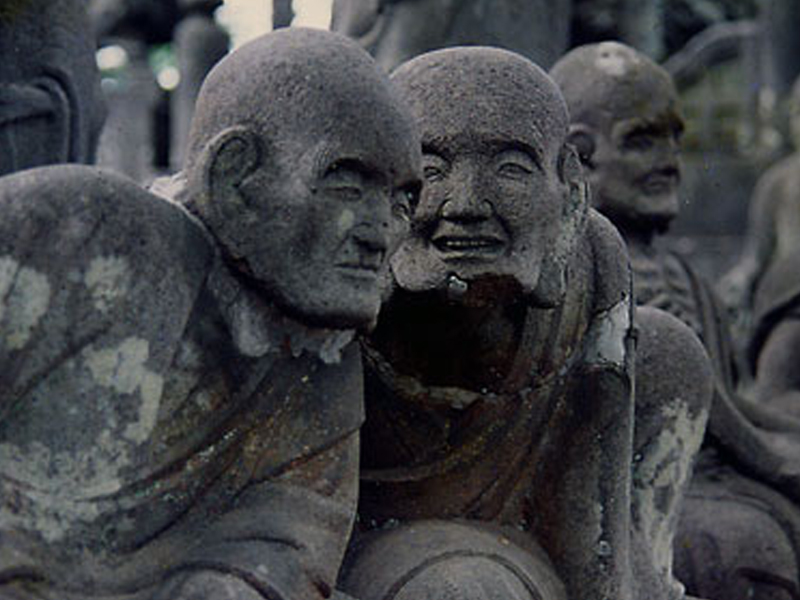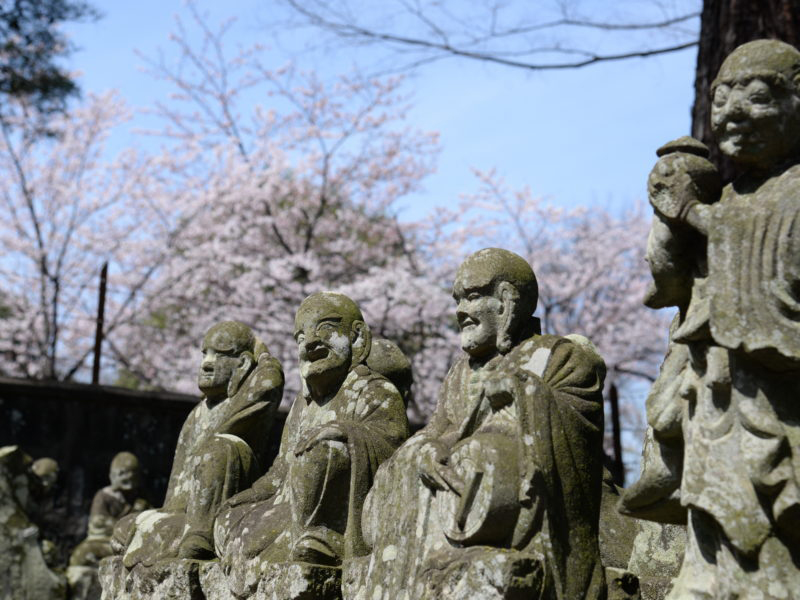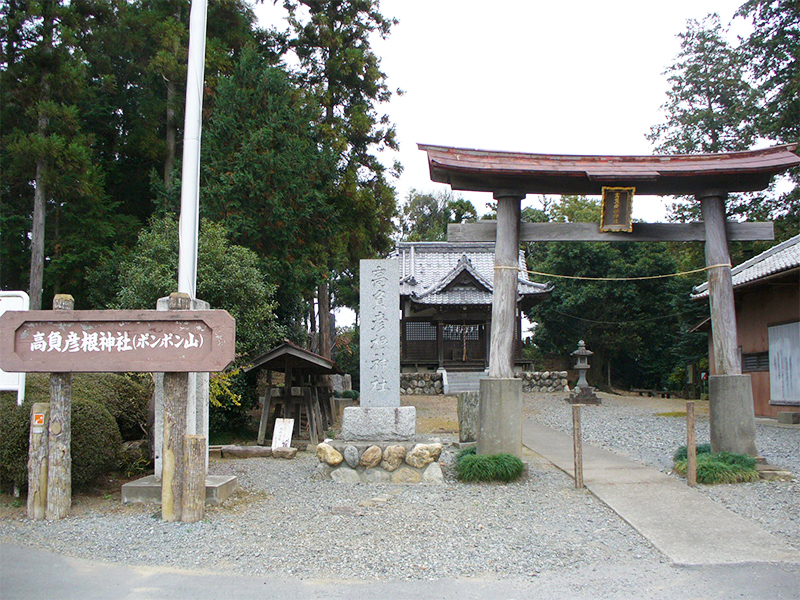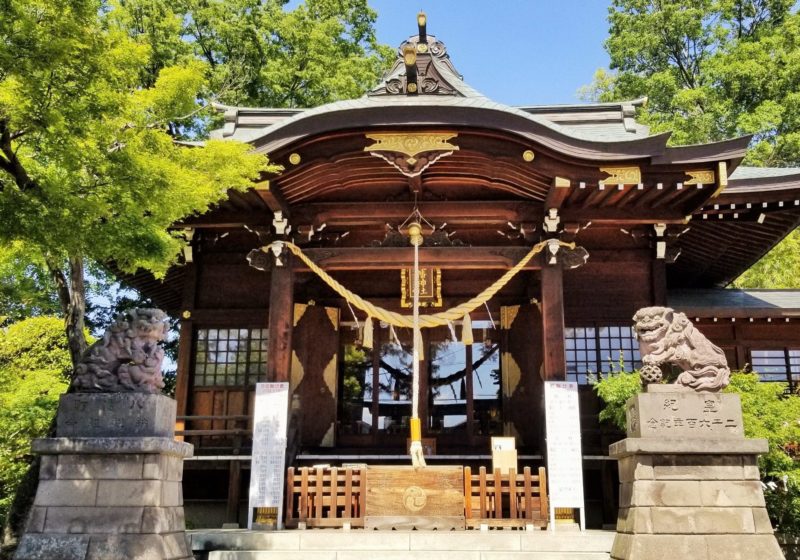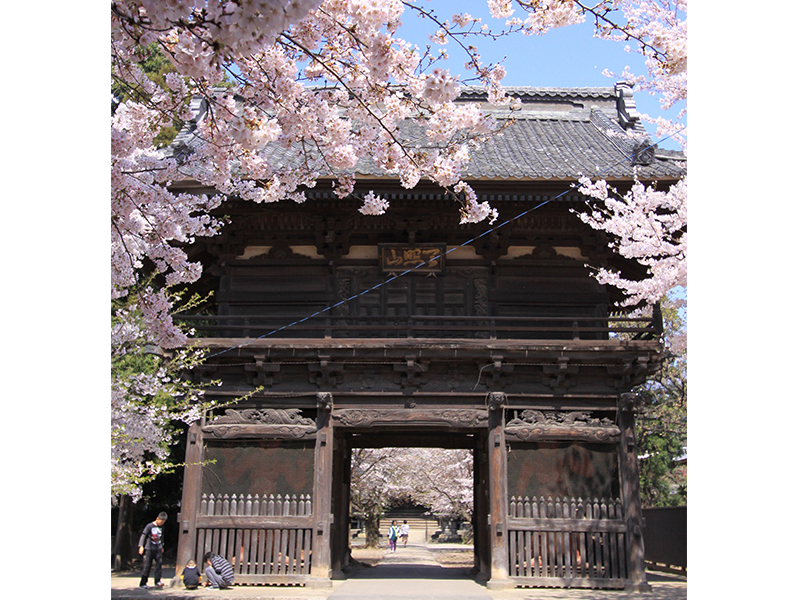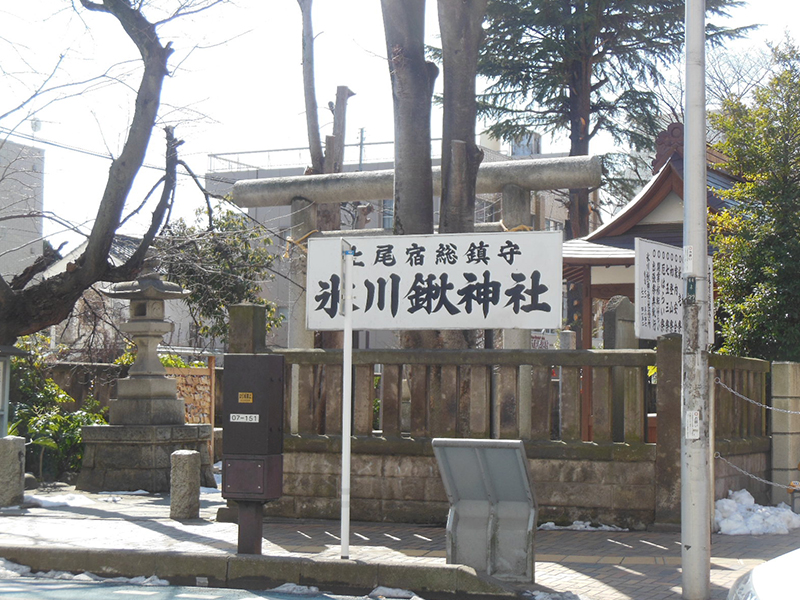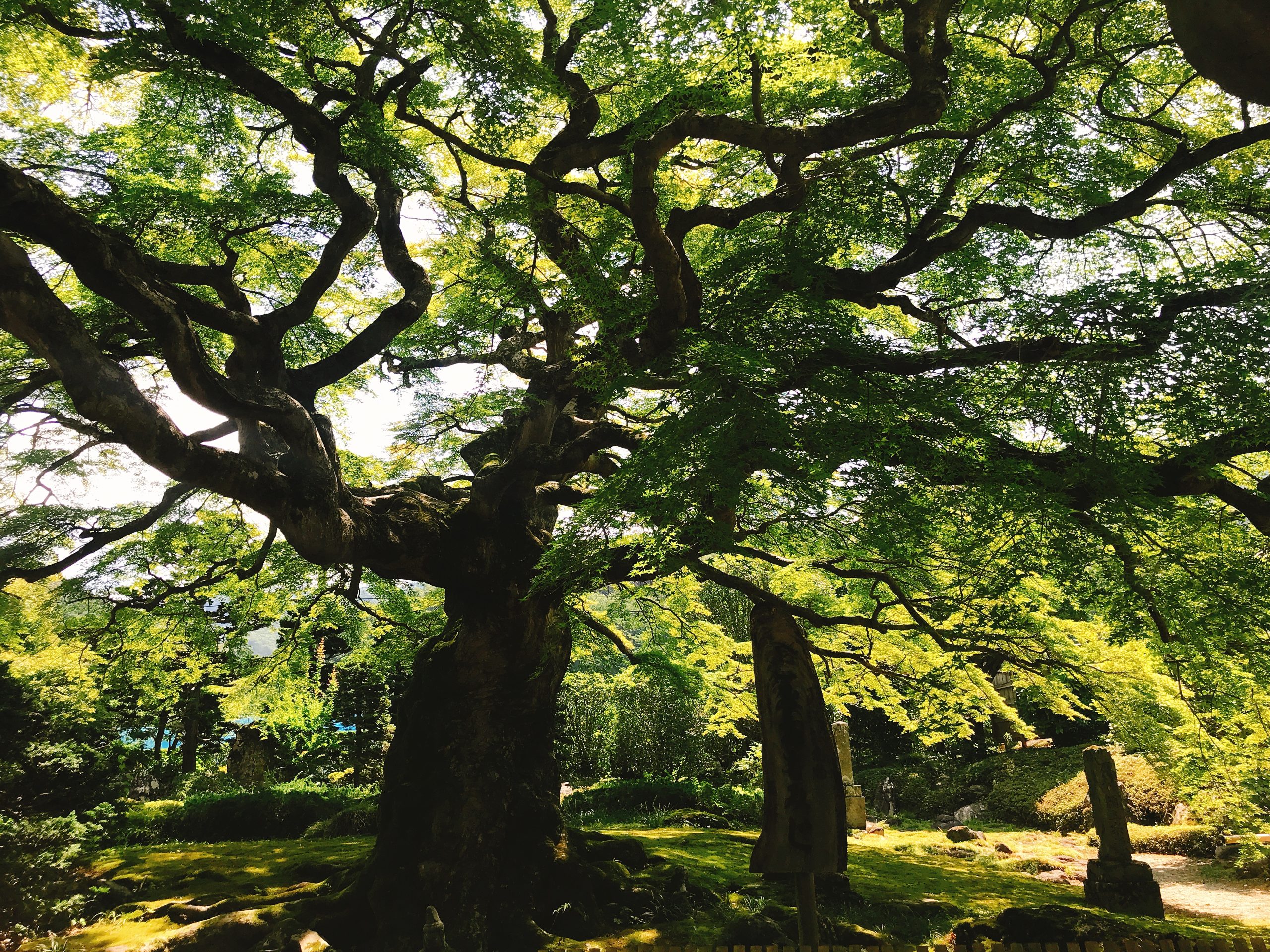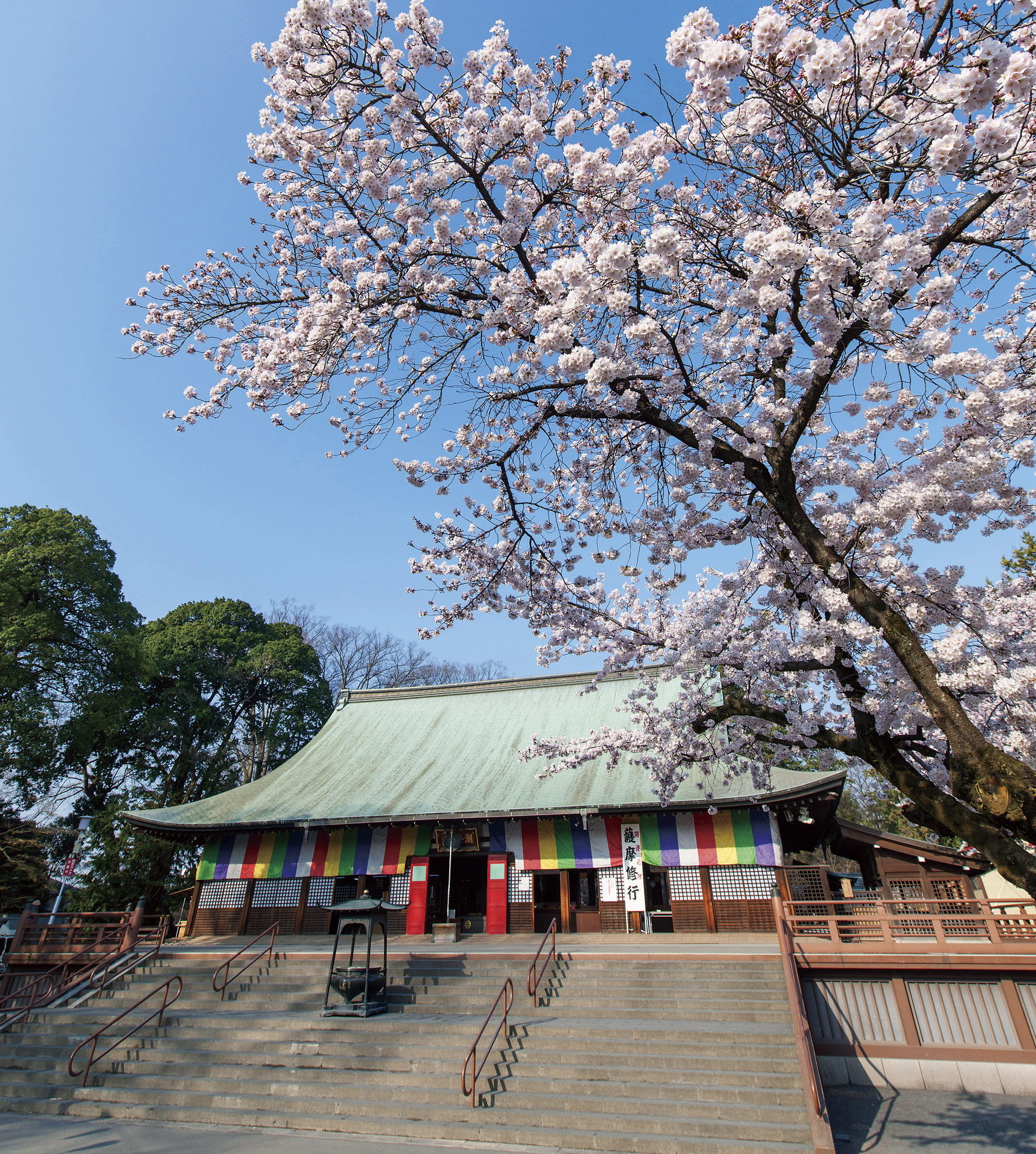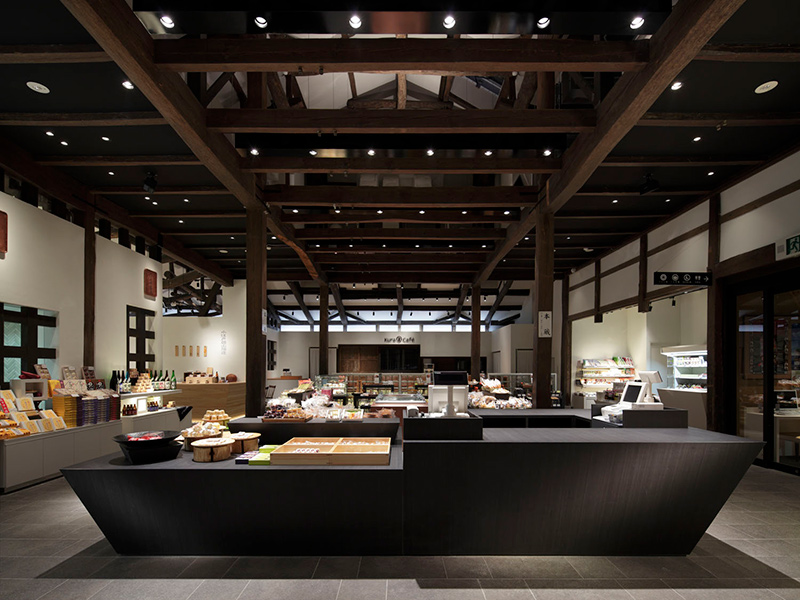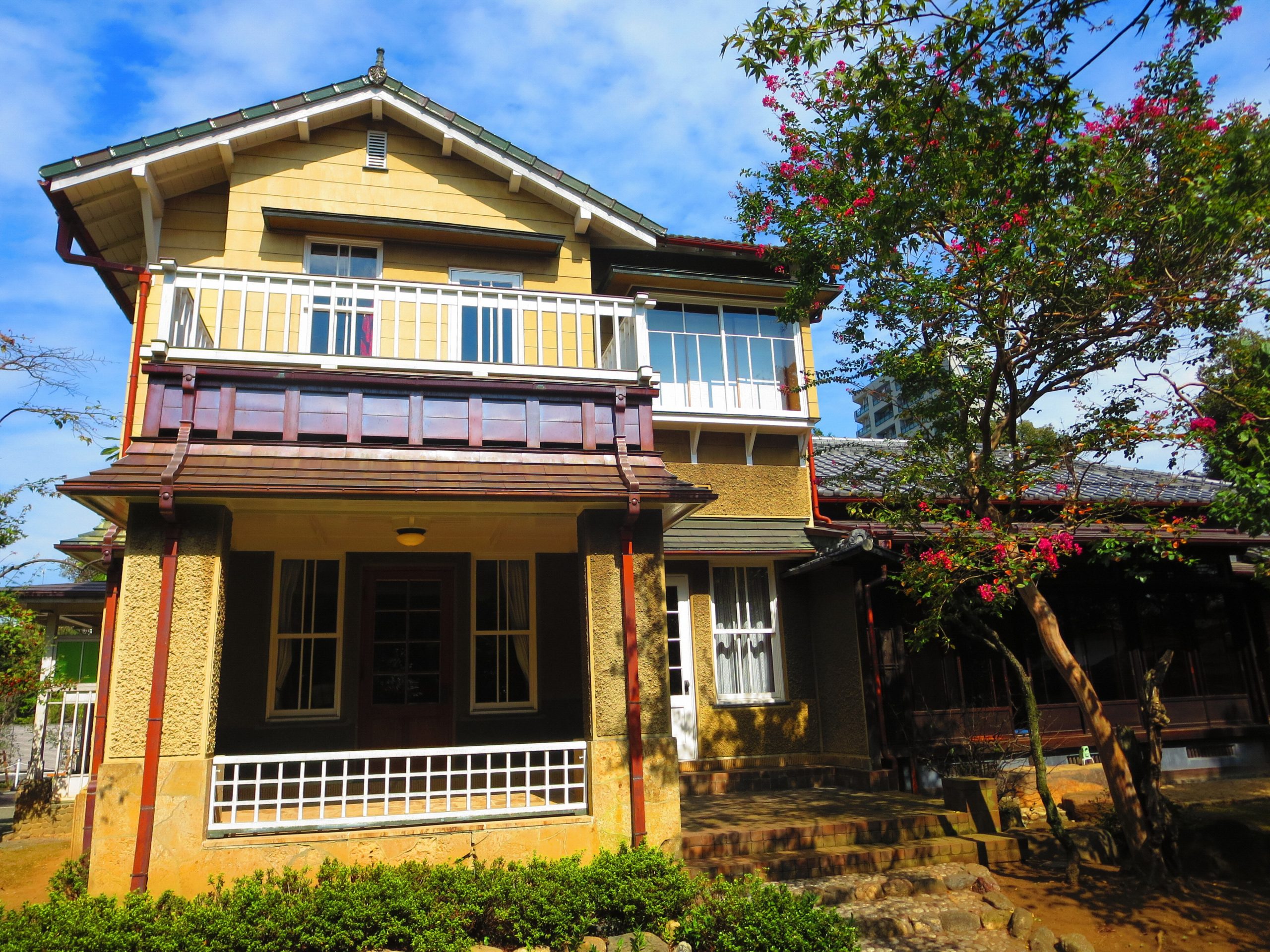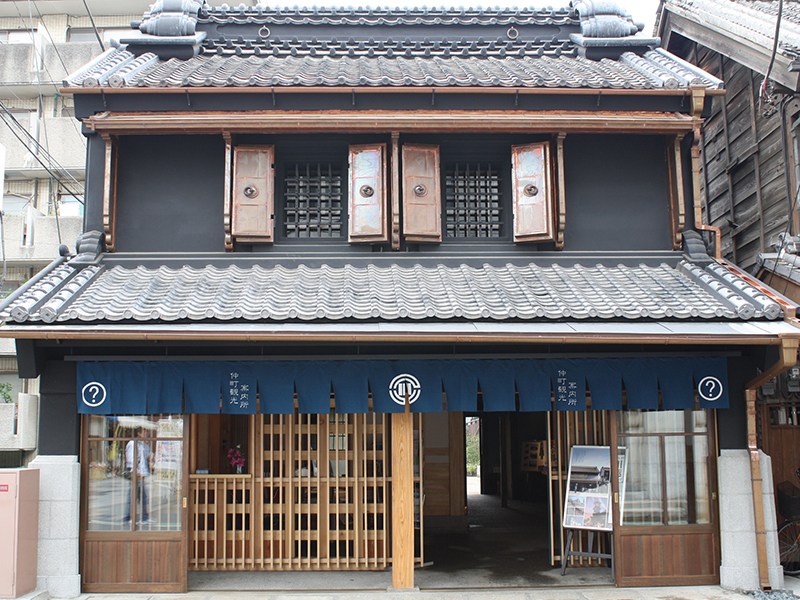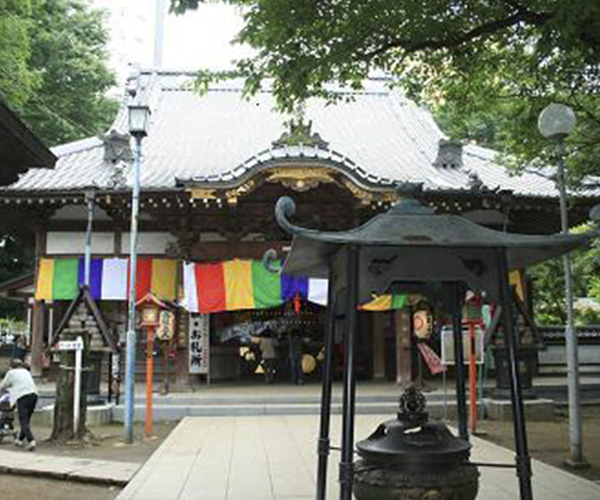500 Rakan Statues of Kitain
sightseeing
"Rakan," or "Arhat," is a Buddhist term signifying a spiritual practitioner, or high priest, who has attained enlightenment. The 500 Rakan of the Kitain Temple are one of Japan's three great Rakan and took 50 years to complete. The 538 stone statues are famous for expressing a wide range of human emotions and for each having a unique action. According to legend, if you visit at night and touch the heads of the statues, only one will be warm, and it is said that this statue's face resembles the sculptor's deceased parent.
Basic Information
Location
1-20-1 Kosenbamachi, Kawagoe City, Saitama Prefecture
TEL
049-222-0859(Kitain Temple Office)
Home page
Business hours / Fee
Business hours
3/1-11/23: Weekdays 8: 50-16: 30, Sundays and holidays 8: 50-16: 50 / 11/24-End of February: Weekdays 8: 50-16: 00, Sundays and holidays 8: 50-16 : 20
* We will respond during the above hours to prevent the spread of new coronavirus infections and protect cultural properties.
* We will respond during the above hours to prevent the spread of new coronavirus infections and protect cultural properties.
Regular holiday
December 25th to January 8th, February 2nd and 3rd, April 2nd to 5th * In addition, the visit may be canceled on days when there are in-hospital events.
Fee
Adults 400 yen Children (elementary and junior high school students) 200 yen
How to get there
Public transport
Tobu Tojo Line/JR Line, Kawagoe Stn, 20 min walk
Tobu Tojo Line, Kawagoe City Stn, 20 min walk
Seibu Shinjuku Line Hon-Kawagoe Stn, 15 min walk
Tobu Tojo Line, Kawagoe City Stn, 20 min walk
Seibu Shinjuku Line Hon-Kawagoe Stn, 15 min walk
Car
About 15 minutes from Kawagoe IC on the Kan-Etsu Expressway, About 20 minutes from Kawajima IC on the Ken-O Expressway
Parking
133 units charged:General passengers up to 3 hours 500 yen (congested seasons such as Saturdays, Sundays, holidays, and New Year) * Weekdays are hourly. / Large vehicle (tourist bus, etc.) 1,000 yen for up to 2 hours * Additional charge 500 yen per hour * The parking lot will be closed due to traffic restrictions on 3rd January.

